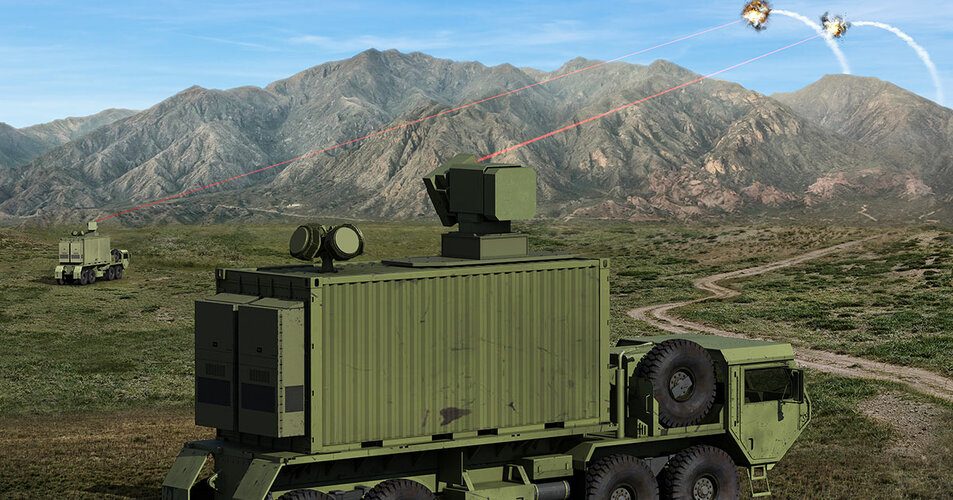To complement the article above (
post #663) :
Sleep deprivation, via directed energy, works on the principle of brain wave frequency interference.
Sleeping involves three phases from near consciousness to a short periods of time where you are at a deep unconscious state and your body is regenerating (a normal cycle will last 2hr and will repeat itself several time until the subject is awake). Those short periods of deep sleep are what is mainly targeted in the sleep deprivation. As your body can't enter this phase of regeneration, you are left in a constant phase of deep fatigue that quickly reach cognitive latency, impairment and, if perpetrated in the long term, accelerated aging.
Those three phases have characteristics brain frequencies (low nbr of Hz), differentiated easily between each others, that can identify at what period of rest you are.
By the the principle of phase differentiation, the perpetrators emit a signal from one point that is intercepted at another. The installation is quasi static since most individuals sleep in the same place most of the time or have predictable locations where they will rest and can then be dissimulated. But most installation are temporary and removed after the action on a daily basis. The principle is similar to that of a static radar and unblocked by most housing materials. The emissions range being covertly concealed among the modern spectrum.
With a signal that ran through the subject brain, the frequency is altered and a recognition software can identify, not only the phase of sleep, but also recognize the target, given that proper data have been collected priorly.
HPMW is then used but other means like pulse sounds, banging on a nearby wall, laser burn or laser interferometry voicing (God voice) can be used. The intensity of the stimuli to awake the subject is function of the state of sleep: the deeper, the more energetic the stimulus have to be and the more brain or body damages is induced. But a weak sound, timely emitted will awake you the same way in during the first phase of sleep. The only drawback being that the process is highly repetitive as an exhausted individual will immediately fall asleep in a mater of a dozen minutes. Internal organs injury is to be expected.
Any organs, aside of the subject's brain, that have been also properly characterized can be targeted to induce pain and awake the subject: kidney (a favorite as it seems), stomach or heart. Heart pulsation can be mimicked seemingly up to cardiac arrest by resonance.
The process does not involve any specific competencies other than trained perpetrators. Most of the necessary analysis related to the specificity of the target can be offloaded (data) to processing centers and the torturing instrument delivered in benign packages that won't raise any suspicion. In fact, it's the HPMW emitters, used to awake and impair the subjects, that are the most sensitive items in the chain and are the subject to a tightly overlooked distribution network to timely deliver them among perpetrators through covert logistics.
The logistic chain is heavily embedded in the country network of official and non-official representations like associations, partnering industry or simple factious movements already responsive to solicitations in similar endeavors. Cults are surprisingly (?) not immune to participate. But also a fair amount of petty criminals, drug addicts and local criminal gangs are routinely engaged in actions.
Once you are in the path of the emitter signal, the interaction with your body lead to the the ringing noise so characteristic, at least if you were awake when the signal was started. A full stealth mode is in effect possible, depriving an individual for days without him/her being aware of what's going on. The effect on your professional activities is immediate, especially if you haven't been trained by long periods of similar torture before, and will impair immediately any attempted intellectual duties. Fatigue might quickly lead to an increased accidentology, especially with manual workers, potentially leading to death.
There is indeed a diurnal application that involves an higher level of energy and will induce slight to severe cognitive latency through the brutal effect of Microwaves (the subject is "cooked" alive). This doesn't need a receptor and only a single perpetrator is necessary. The distance to the target being dependent to the intensity of the signal beamed (the flashlight strategy) and the aspect geometry.

























